9th October 2024 - 5 min read
How Micro-Influencers Are Redefining Paid Advertising
Consumers have become increasingly skeptical of traditional ads, especially on platforms like TikTok where authenticity reigns supreme. This skepticism has paved the way for influencers, who thrive in environments that favor genuine connections and community-driven content. Their unique perspectives and authentic storytelling have elevated them into key players in modern paid advertising campaigns.
According to IZEA’s Trust in Influencer Marketing report, 52% of their surveyors have purchased a product because of an influencer’s recommendation.
As brands aim to build trust and connect with consumers, leveraging creators and micro-influencers has become the most effective way to capture attention and drive engagement in the today’s advertising landscape.
.png)
Key Highlights
- Micro-influencers, with their smaller yet highly engaged followings, have transformed paid advertising by fostering a deeper sense of trust and authenticity.
- The lines between paid and organic content are blurring. Brands now integrate influencer-generated organic content into paid ad strategies to increase authenticity and reach.
- AI is crucial in identifying relevant micro-influencers, analyzing metrics like engagement rates and audience demographics, and automating campaign management tasks.
The Era of Micro-Influencers: Community Building and Engagement
For most, relatability is more important than popularity when it comes to influencing buyer decisions. LTK’s Trend Report states that 75% of consumers watch creator videos because of the creators’ ability to authentically and meaningfully convey the product and brand value through their personal everyday life stories.
The decline of mass marketing with celebrity influencers is evident as micro-influencers, with 10k to 100k followers, rise as pivotal engagement drivers. They focus on nurturing intimate communities, establishing trust through authentic recommendations.
Despite the broader reach of macro-influencers, micro-influencers create stronger bonds with their audience, enhancing engagement. Studies show that micro-influencers can generate around 60% more engagement than macro-influencers. Their interactive approach makes followers feel part of an exclusive circle, receiving genuine recommendations from trusted sources.
The TikTokification of Ads
The rise of TikTok has rewritten the rules of digital advertising, especially paid campaigns. The platform’s short, snappy videos created by influencers and users have introduced a whole new level of authenticity. Ads that feel less like ads and more like everyday content are what engage consumers today, a trend now known as the "TikTokification of ads.”
.png)
Micro-influencers are at the forefront of this shift. Their content is casual and relatable, often incorporating humor, challenges, and personal experiences—all hallmarks of TikTok's style. As brands lean into TikTokification, they benefit from a unique mix of relatability and creativity that drives results.
This authenticity has made micro-influencers incredibly valuable, as they generate more trust and engagement than polished, high-production ads. Brands now leverage these influencers to craft ads that feel organic, resulting in better performance and stronger connections with audiences.
How to Leverage Micro-Influencers for Paid Advertising
Micro-influencers have carved out a powerful niche in the world of digital marketing, particularly when it comes to content creation. These creators excelled at producing high-quality, authentic content that resonated with their audiences, largely because they maintained a closer connection with their followers.
Historically, brands placed their bets on large influencers and celebrities, believing their extensive reach would guarantee organic growth and widespread visibility. While this strategy sometimes yielded impressive results, brands faced significant hurdles in tracking growth and conversions due to limited access to relevant metrics from the influencers’ accounts. This lack of transparency made it difficult to evaluate the return on investment (ROI) effectively. Furthermore, the escalating costs of celebrity endorsements raised concerns over the sustainability of such campaigns.
As brands pivoted to user-generated content, they found that while it offered an authentic touch, the content often lacked a personal feel, appearing overly curated. It resembled traditional advertisements rather than organic content, and diluted the potential for genuine engagement.
The Rise of Paid + Organic Ads
An analysis of 1,200 e-commerce websites using UGC revealed an increase of 3.8% in conversion rates when visitors encountered UGC, with an astonishing 102.4% rise in conversions when users actively engaged with the content. This demonstrates that UGC, which often comes from creators and micro-influencers, resonates with audiences due to its genuine, relatable nature.
Gone are the days when paid ads and organic content existed in separate silos. Using micro-influencers for UGC ads allows brands to bridge the gap between authenticity and scalability. By incorporating their original content into ad campaigns, brands ensure that the ads retain the relatability and trust factor that UGC offers, while still benefiting from the strategic targeting and reach of paid advertising.
A prime example of this strategy is TikTok's Spark Ads, which enable brands to amplify content created by influencers. Through Spark Ads, brands gain the dual advantage of reaching the influencer's engaged audience while also benefiting from targeted visibility through TikTok’s algorithm.
Take a look at Swipewipe, a photo decluttering app owned by MWM, which faced the challenge of finding the right creatives to drive app installs across various regions. After conducting extensive testing, they partnered with micro-influencer Madison, who created an engaging video that was then amplified through a Spark Ad campaign. This strategic move led to a remarkable reduction in the Cost Per Install (CPI), ultimately propelling Swipewipe into the Top 10 App Store rankings in 15 countries within just three months.
This blend of organic and paid creator ads enhanced ad visibility and lowered skip rates, as the content felt less like an advertisement and more like a relatable social media post with organic engagement.
AI and Micro-Influencers
The sheer volume of micro-influencers—hundreds of thousands of potential partners—makes manually identifying the right fit for your brand nearly impossible. With so many factors to consider, from engagement rates to follower demographics, it can be overwhelming to sift through all that data.
AI-driven platforms like Traackr, Upfluence, and Influencity step in to bridge this gap by automating influencer discovery, streamlining campaign management, and offering data-backed insights. From segmenting audiences and identifying high-performing content to real-time campaign optimization and fraud detection, AI ensures that your brand is paired with the influencers who will drive the most impact.
%2520(1).png)
At Ramdam, we take it further by offering Creative Intelligence. Our AI-powered platform connects brands with the perfect micro-influencers based on specific campaign needs, while simplifying the entire process of influencer marketing. From generating creator briefs tailored to your objectives, to optimizing budget spend for maximum impact, Ramdam streamlines every step of your campaign.
This precise and data-driven approach to influencer selection minimizes guesswork and maximizes impact.
In a nutshell
The future of advertising is increasingly driven by micro-influencers and the authenticity they bring to the table. As AI and social media platforms evolve, brands will be better equipped to identify and collaborate with influencers who closely resonate with their target audience. AI advances will allow businesses to streamline their campaigns and extract maximum value from influencer partnerships.




%20(1).jpg)
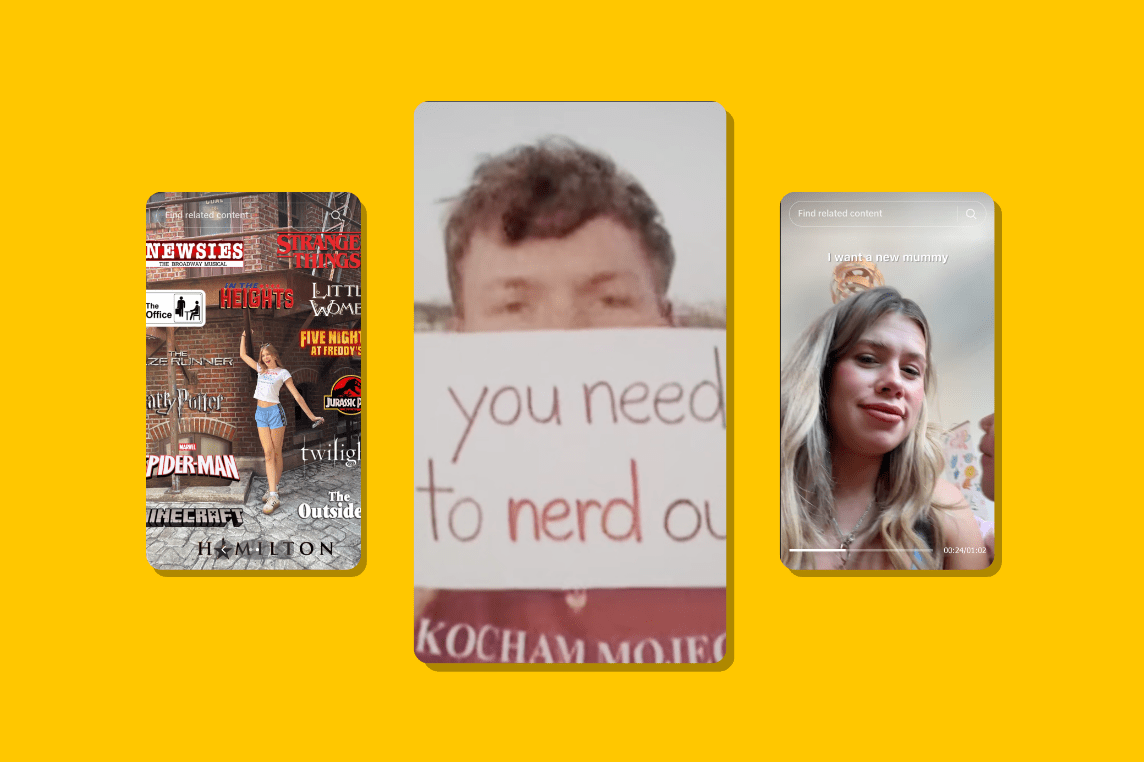
.jpg)

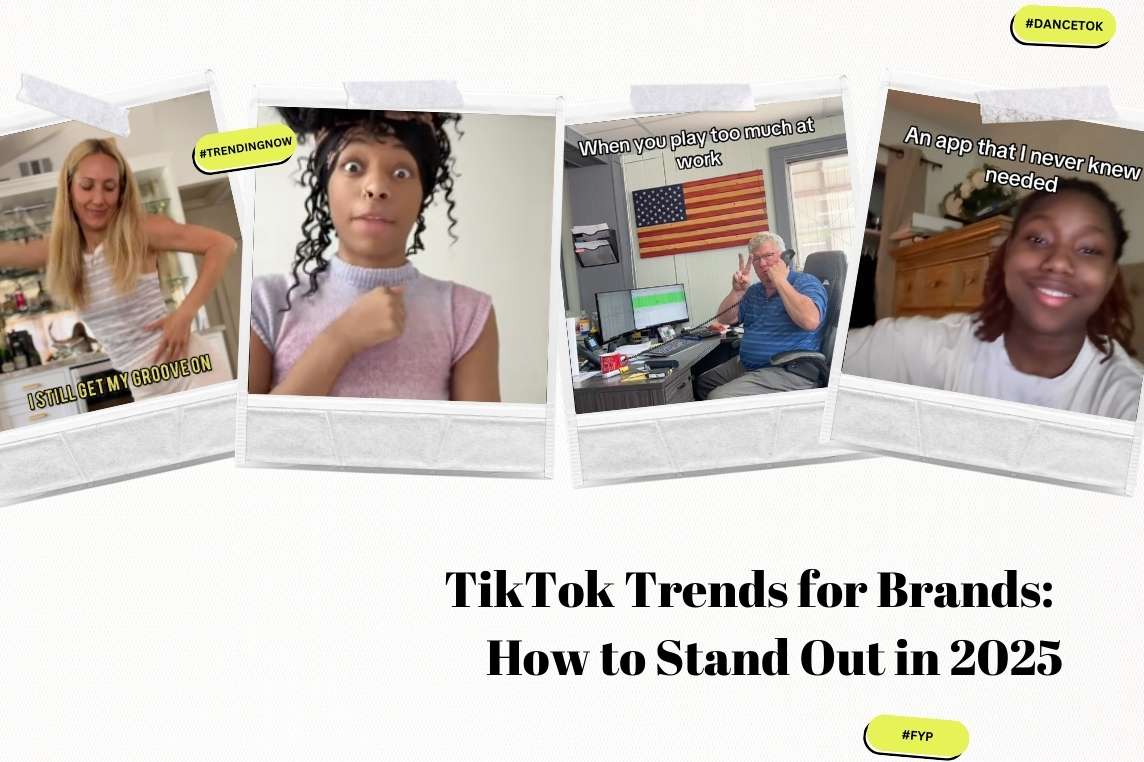
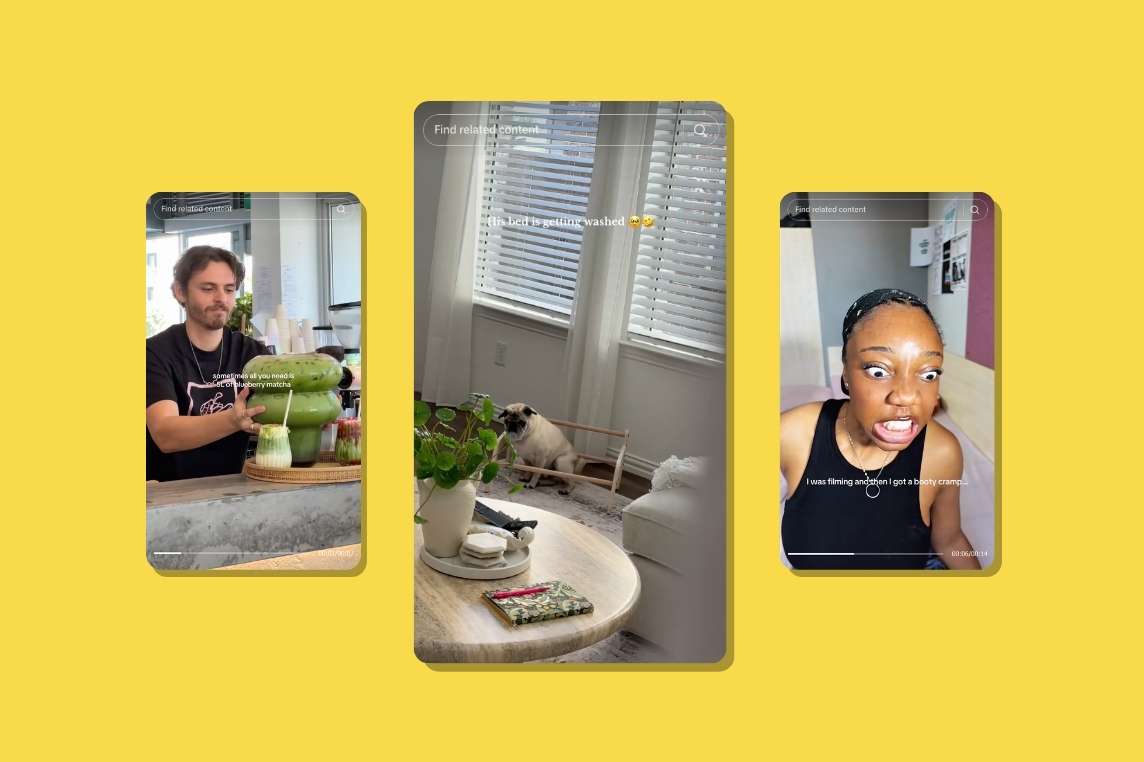

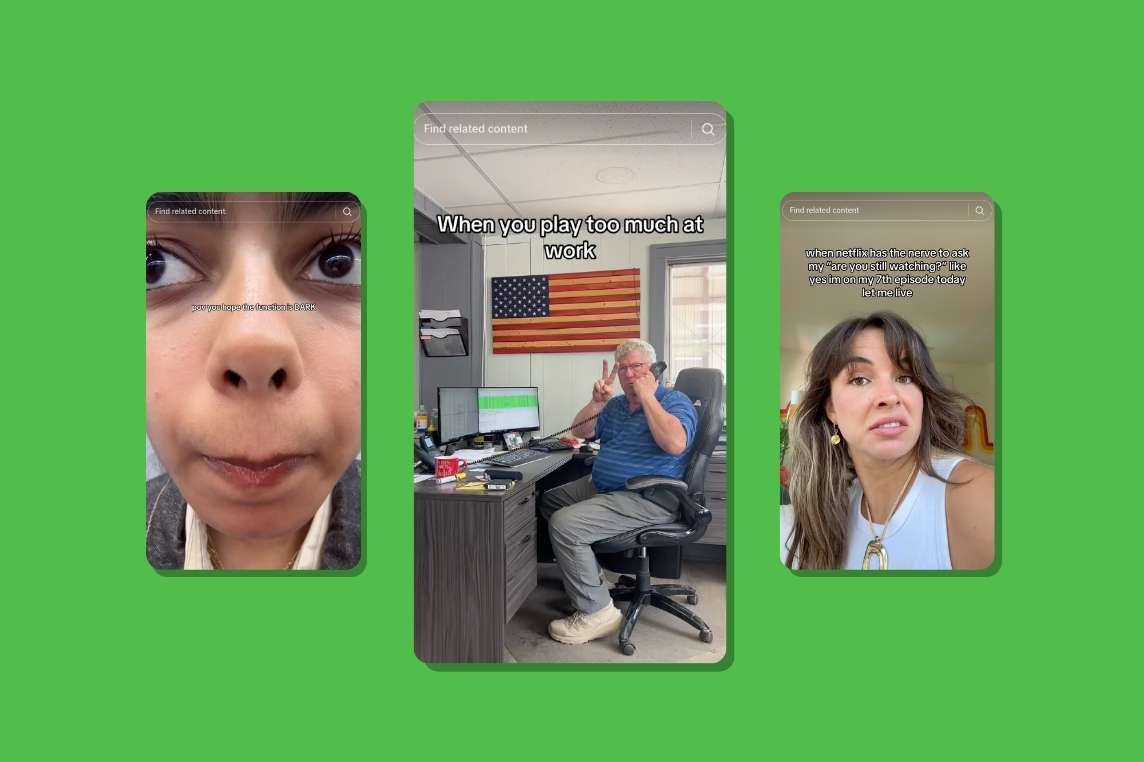


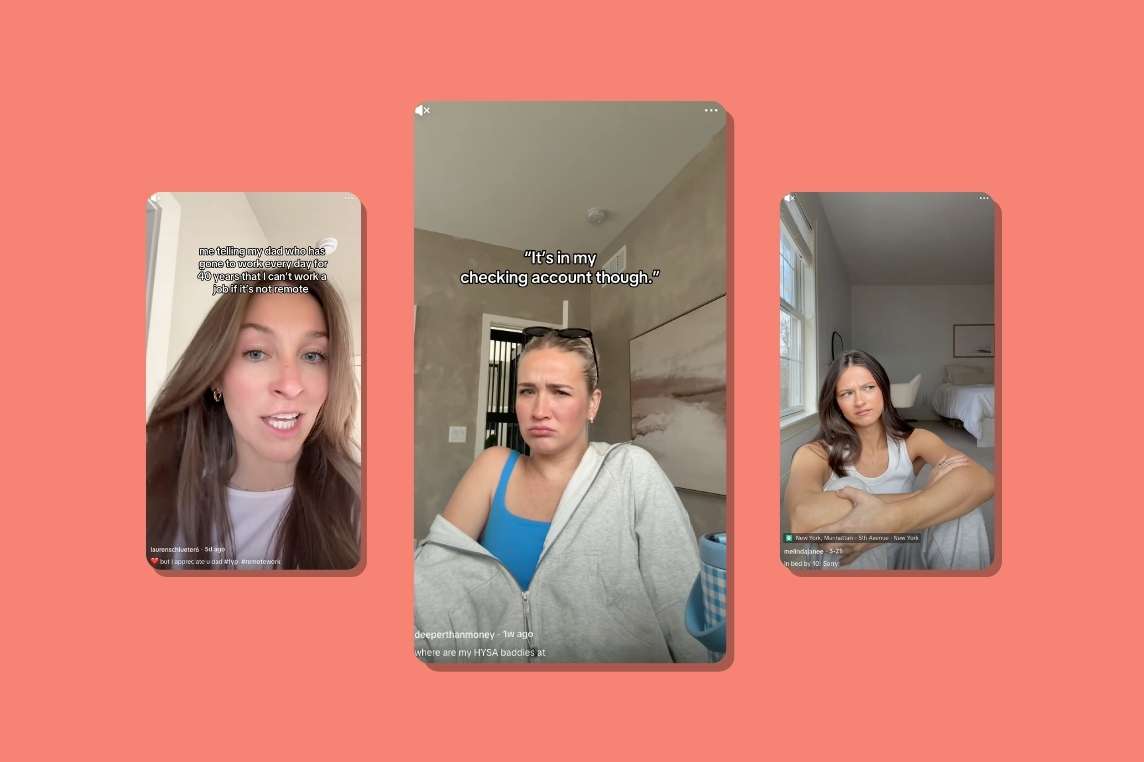
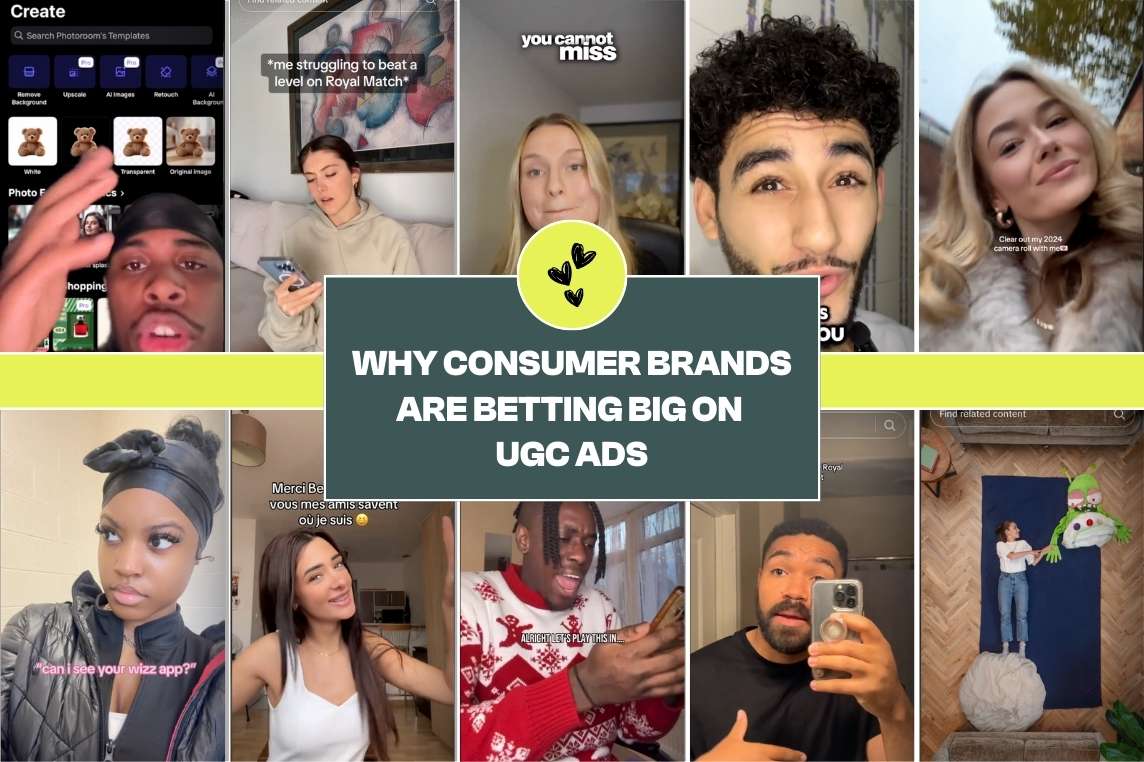












.jpg)

.png)



.jpg)

.jpg)





.png)


.png)
.png)








